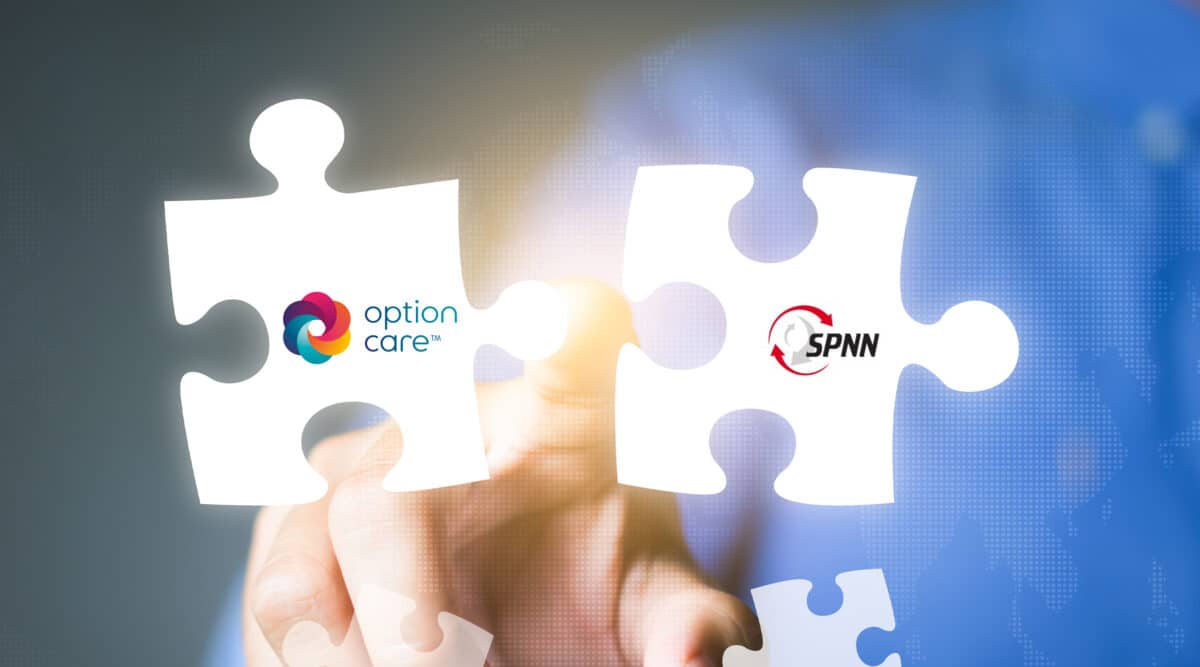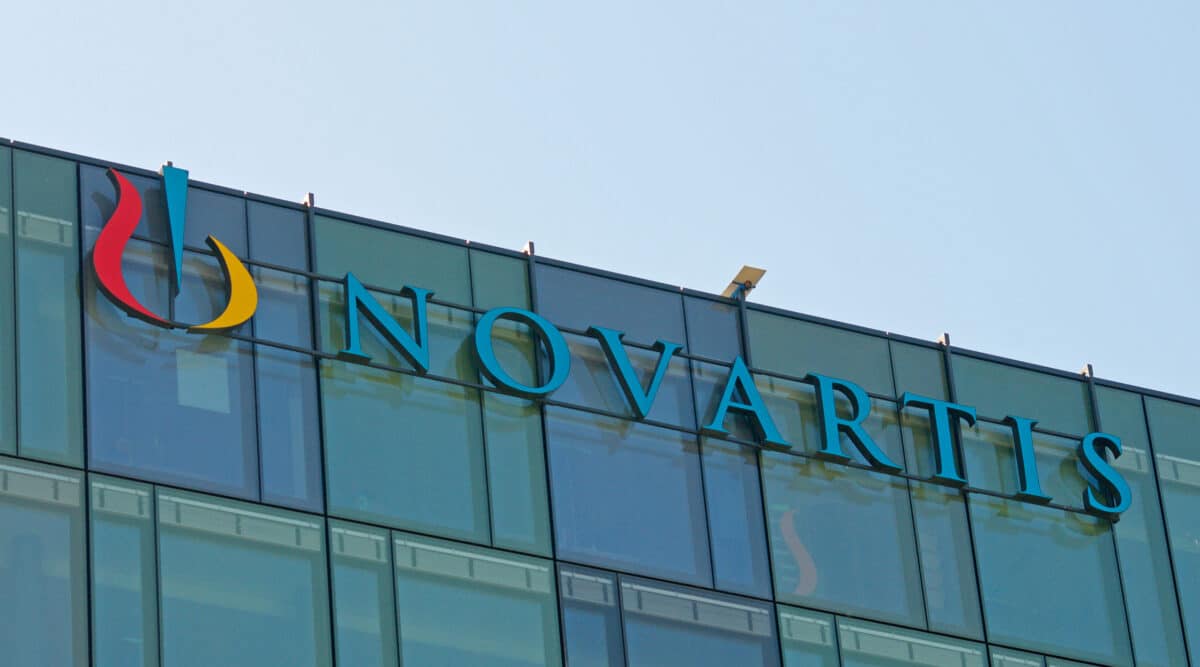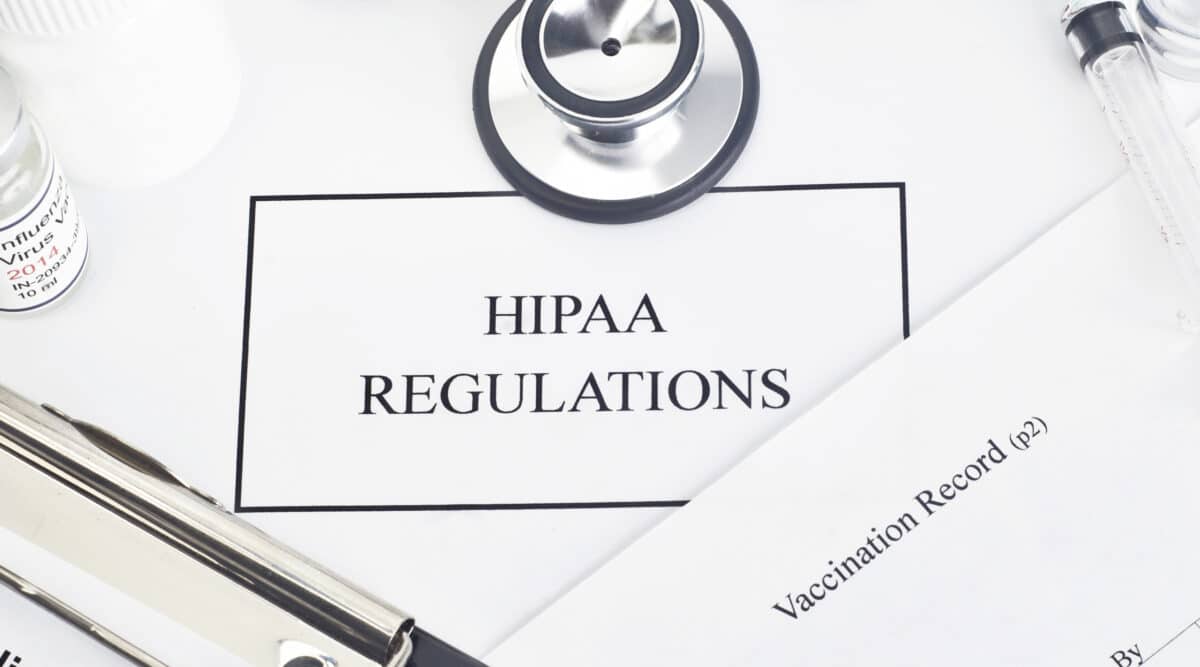The rumors about a big divestiture move by Centene Corp. finally materialized last week. Centene announced that they are spinning off both its PantherRx Rare pharmacy business as well as MagellanRx.
The PantherRx Rare divestiture is easier to understand….. sort of.
We were not able to confirm what Centene paid in January of 2021 (only 16 months ago) for the acquisition of PantherRx Rare. PantherRx was just sold for $1.4billion. Analyst estimates of 2022 EBITDA for PantherRx are in the area of $70 million which works out to an EBITDA multiple of ~20x!!! Given the long-term rosy forecasts for rare therapies, it is most curious that Centene would want to cull its herd by selling off perhaps its biggest cash cow.
MagellanRx is the pharmacy division of Magellan Health….. which itself is a division of Centene. Here is where it gets a little complicated. MagellanRx is a PBM and also a large national specialty pharmacy. The specialty pharmacy subdivision consists of a group of acquired providers which include Acaria Specialty Pharmacy (itself subsumed by MagellanRx’ Envolve Health)….. and don’t forget Exactus Pharmacy Solutions and Foundation Care sub-sub-sidiaries.
We remain a bit confused after reading the numerous press releases on the two deals in recent days. There has been no mention of Acaria/Envolve which generated upwards of $2billion in non-rare specialty revenue in 2021 according to published reports. We must assume that these operations are part of the MagellanRx spin off going to Prime Therapeutics. Trying to unpack the numbers becomes very difficult without specific EBITDA data for the PBM vs. the specialty pharmacy operations.
To help clarify (maybe not)….. Centene shelled out $2+billion to acquire Magellan in January of 2021. It appears that Centene will retain Magellan health services (includes a national behavioral health platform) and spin off only the Rx services (PBM and specialty pharmacy) for $1.35billion. Yeah, we need EBITDA to determine if this was a good deal….. and for whom.
The point that seems to have been glossed over is that Centene’s decision to get out of the PBM market comes after it has settled a series of pharmacy benefit management-related Medicaid cases across multiple states. The company said it will reserve a whopping $1.1 billion to settle these cases. That leaves Centene with about $1 billion which the company has already said it will use for stock buyback.











